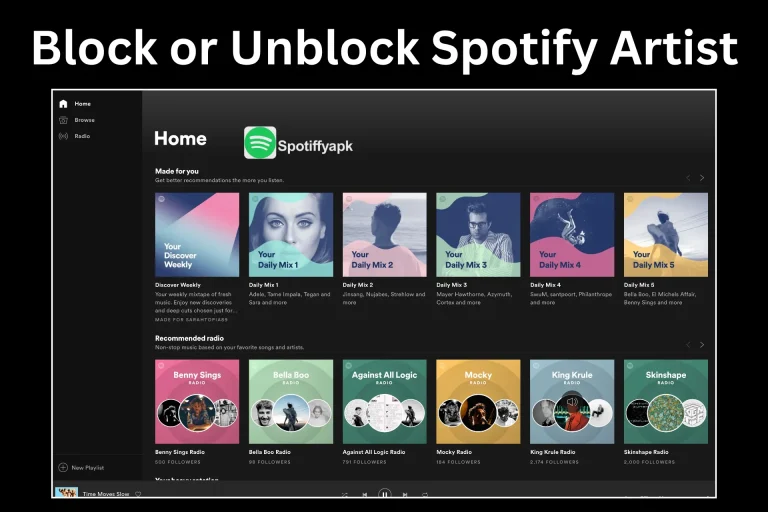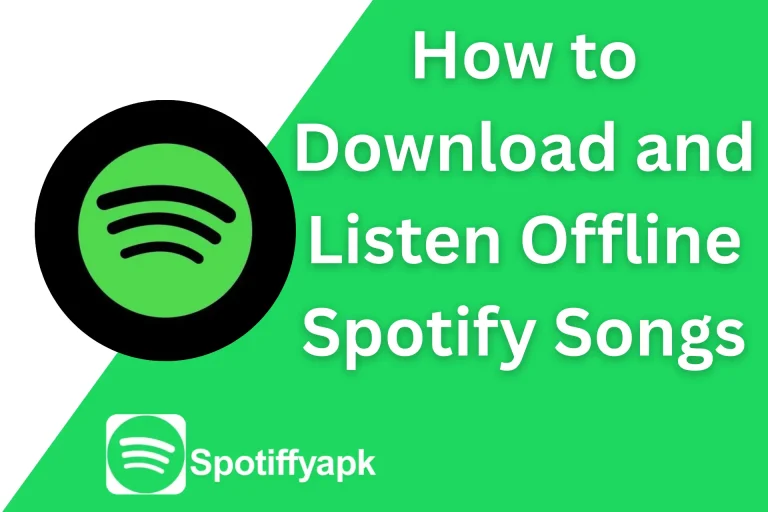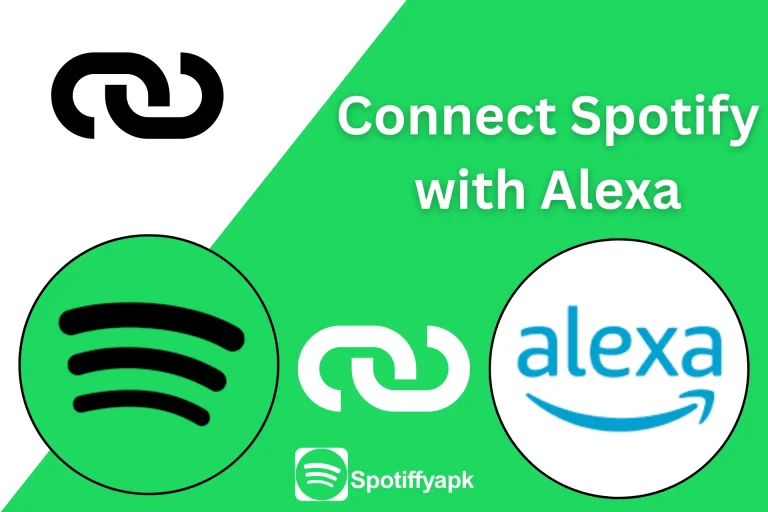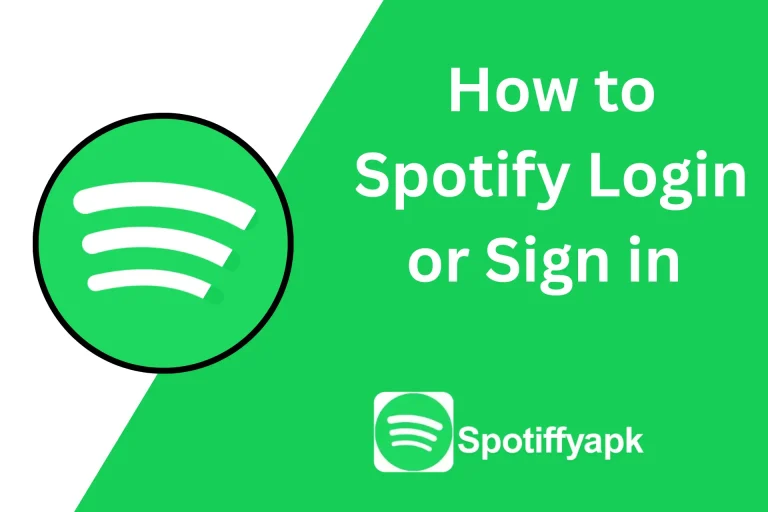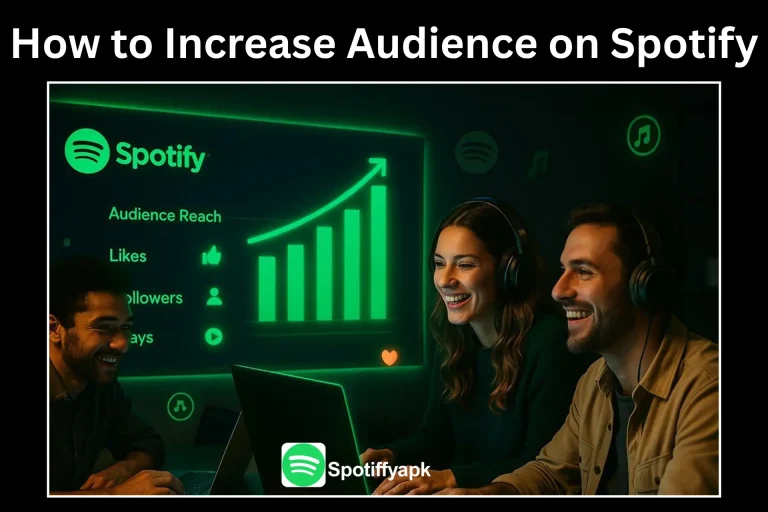How to Keep Your Spotify Account Safe in 2025
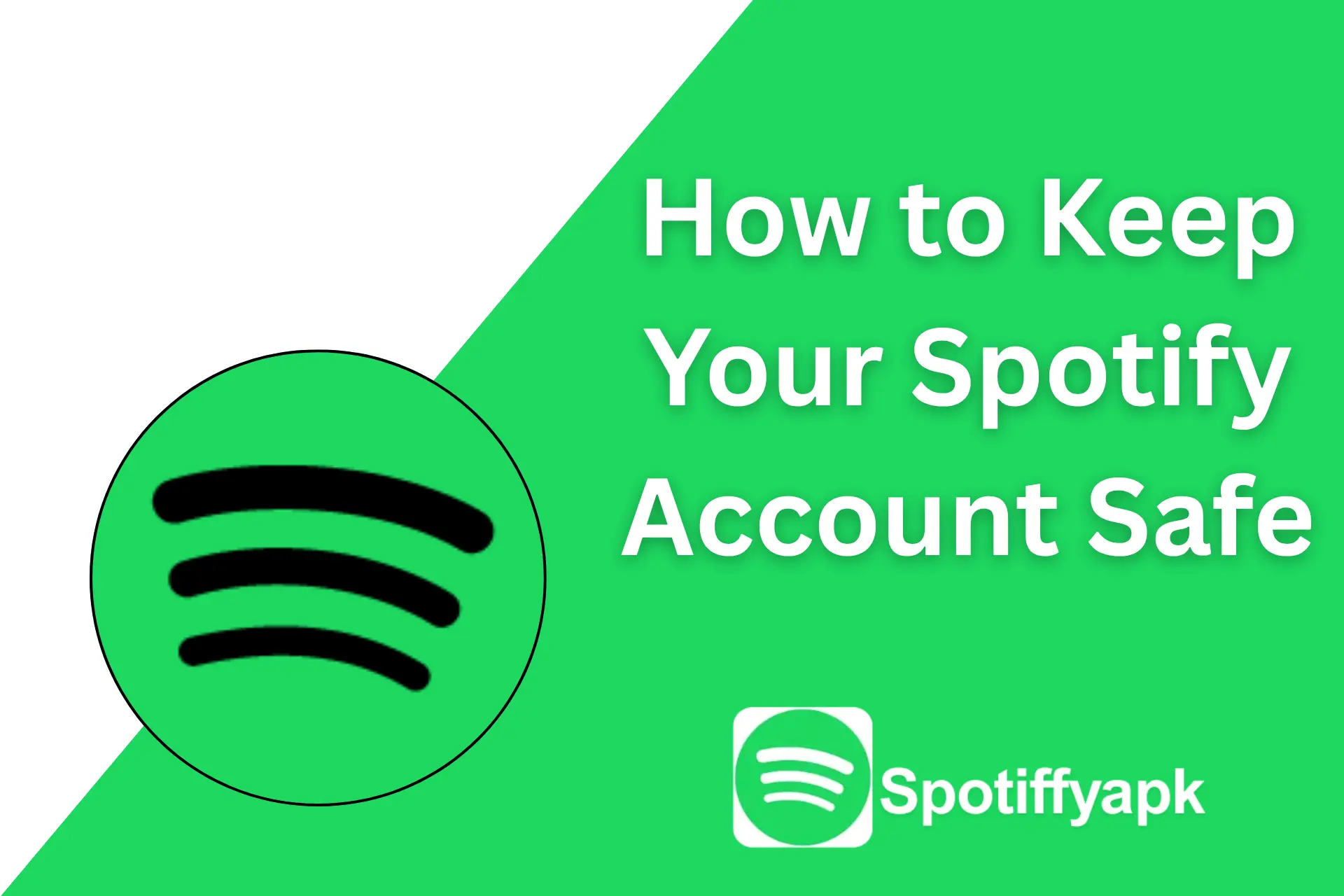
Millions of people around the world use Spotify every day to listen to their favorite songs; the music streaming service is incredibly popular. It provides us with the sort of personalized experience many of us tap into every day, whether it’s mood playlists or podcasts. But popularity has a downside. It’s unfortunate, but Spotify accounts are so commonly targeted by hackers and scammers, which is why you need to know how to keep your Spotify account safe.
It may include a theft of your data, a loss of access to your playlists or, if your payment info is linked to the account, potential fraudulent charges. The good news is that it’s not hard to keep your account safe.
7 Best Methods for Spotify account safe
Below, I outline a few easy precautions and tips to keep your Spotify account safe from nearly all threats:
1. Set Up a Strong and Unique Password
The simplest and most effective means of safeguarding your Spotify account is picking a strong password. It may sound like a simple step, but even today, many people still share weak or reused passwords from site to site. If your Spotify password is as weak as “123456” or “music lover,” you are making it far too easy for hackers.
You need a mixture of capital and lowercase letters, along with numbers and special characters. For instance, something along the lines of “Mu$icR0ck$247!” is much harder to crack. I would also recommend changing your password every few months to be on the safe side.
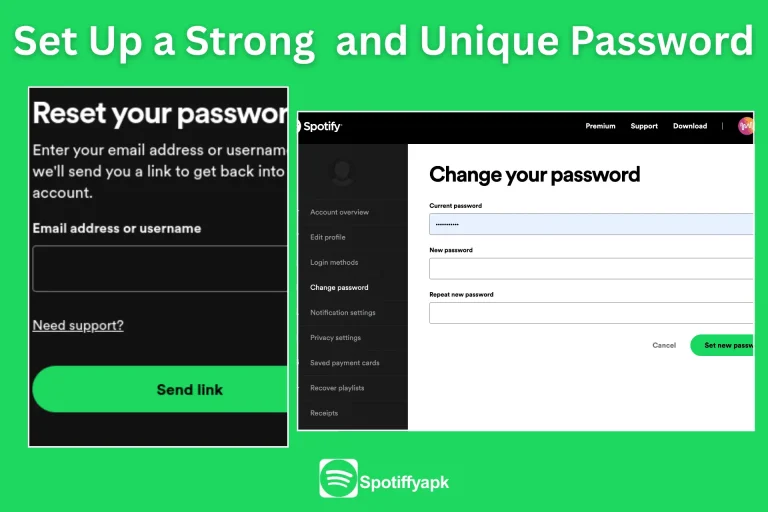
2. Manage third-party apps and files
Some third-party apps can abuse your data or create openings for hackers. An app you don’t recognize? If you’ve permitted it, it may cause trouble. That’s why it’s smart to periodically monitor what apps have access to your Spotify account.
You can see what’s connected to your account by logging into your Spotify on a browser and navigating to “Apps” via the account settings. Once there, you should see all the third-party services you’ve permitted. If something appears unfamiliar or you can’t account for a reason it would need access, click “Remove Access.” This simple action goes a long way to reducing the chances that someone logs into your account without your permission.
3. Beware of hacking, Scams, and Fake Emails
One of the largest threats to any online account is hacking. Hacking involves scammers sending fake emails or messages that appear to be from a trusted online service, such as Spotify, in the hopes that you will enter your login details.
You could also get an email that appears to be from Spotify telling you there is a problem with your account or that asks you to confirm your information. Such emails often contain a link that leads to a phony login page. For example, if you enter your username and password there, the scammers can now log in to your actual account.
Your password and payment information are NEVER requested in an email by Spotify. If you think a Spotify email is fake, not real, then you can get in touch with Spotify support through their website or keep checking the Spotify community blog for updates and alerts.
4. Log Out of Devices You Don’t Use Any Longer
We forget to log out of devices we no longer use sometimes. So that you hear music from your friend’s phone on a school computer or a shared tablet at home, if you remain logged in with these devices, other people can then access your account without your knowledge.
The only best practice is that after you’re done using a device that does not belong to you, logout from Spotify. But if you forgot, there’s another workaround. Spotify has a “Sign Out Everywhere” feature. This choice signs you out of all your devices at once, which is ideal if you think someone has hijacked your account or if you’ve used a shared computer elsewhere.
To access this feature, open your Spotify account settings in a web browser. “Sign Out Everywhere” is where the “Account Overview” will direct you. Click it, and you’ll be signed out of every device except the one you’re using.
5. Update Your Devices and Apps
It’s not all down to your Spotify settings, though. The hardware you’re using to listen to Spotify, whether it be a smartphone, tablet, or laptop, is a factor as well. It may be easier for hackers to bust you if your device is infected with a virus or if your software is out of date.
You should also rely on antivirus software, especially on computers. And if you’re on public Wi-Fi with Spotify, such as at a coffee shop or airport, take that extra step of care. These networks are typically unencrypted and may be targets for hackers. Never input passwords or personal information on public Wi-Fi systems, or if necessary, the secure-line VPN would be the safe option.
6. Secure Against Linked Accounts Such as Facebook, Google
Many users create Spotify accounts through another service, such as Facebook or Google. There is no pleasing middle ground: This makes logging in more convenient, but it also makes your Spotify security only as good as the security of those other accounts. After all, if someone worms their way into your Facebook or Google account, they’ll be on your Spotify as well.
To prevent this, ensure that the linked accounts are also secured with strong, unique passwords. If you can, turn on 2FA on those platforms. 2FA adds security by making a code sent to your phone or email a requirement instead of private data when someone attempts to log in.Monitor What You Are Listening To
7. Monitor What You Are Listening To
Often, the first indication of a compromised account is abnormal account activity. You see songs on your “Recently Played” list that you didn’t listen to or weird playlists appearing in your library. These may be clues someone else has access to your account.
If something seems wrong, don’t ignore it. Check the devices on your account: Log into your account and visit the Devices tab under Your Account. Delete those you don’t recognize. Change your password as soon as possible and sign out everywhere to prevent unauthorized access.
Spotify Premium Free apk will also allow you to view a history of everything listened to on your account, which might help you identify bizarre listening sessions. Even little items like having songs paused or skipped on you can suggest that someone else is using your account in real-time.
Conclusion
Guarding your Spotify account is mostly a matter of a few smart practices. Begin by locking down your password, checking your connected apps and cleaning your devices. Be mindful about what you click, and beware of fake emails. Make sure to log out of shared computers, and act fast if something suspicious comes to your attention.
While Spotify goes to great lengths to keep you safe, the fact is that the security of your account begins with you. Armed with the right habits and some awareness, you can ensure that listening to music doesn’t become a privacy or security liability.

